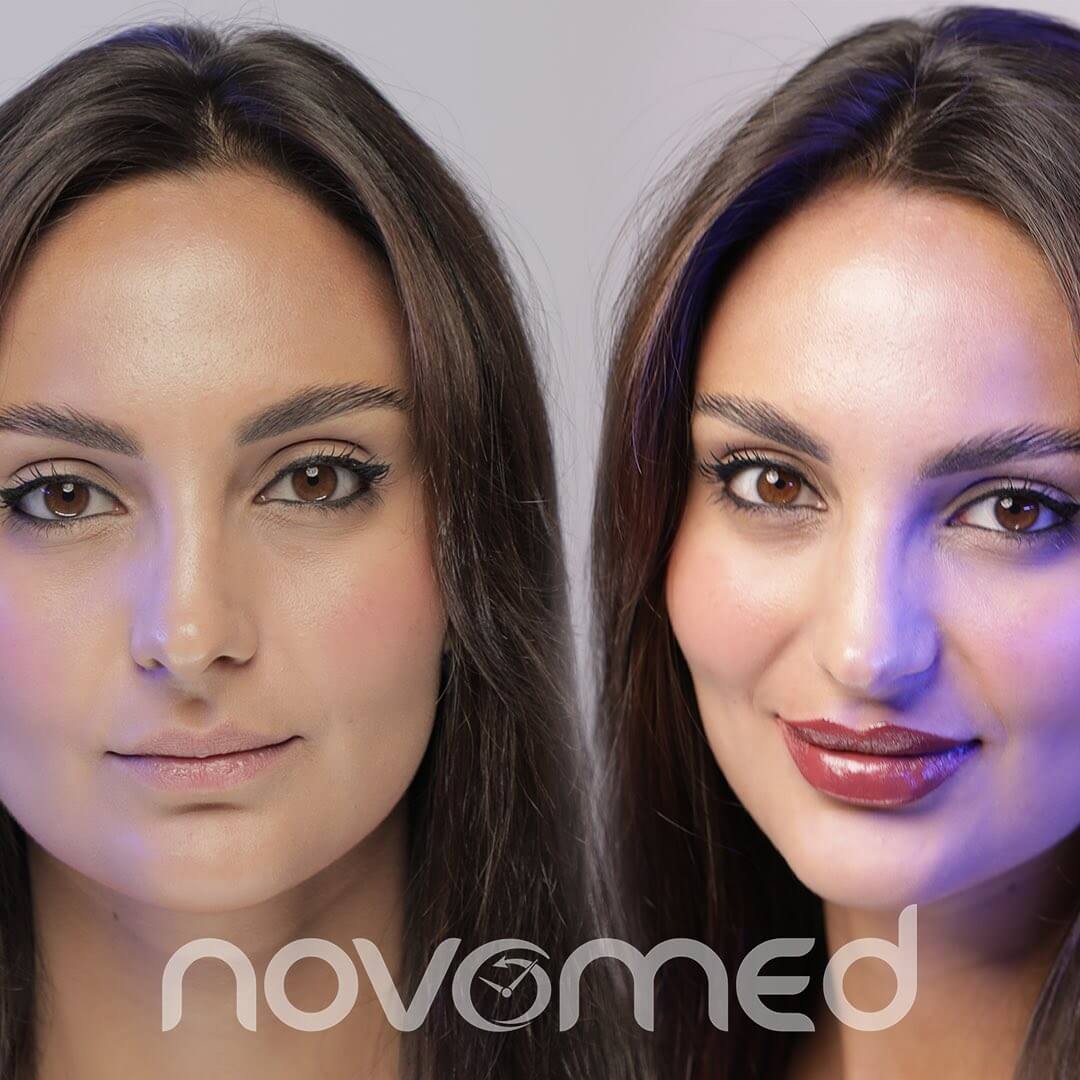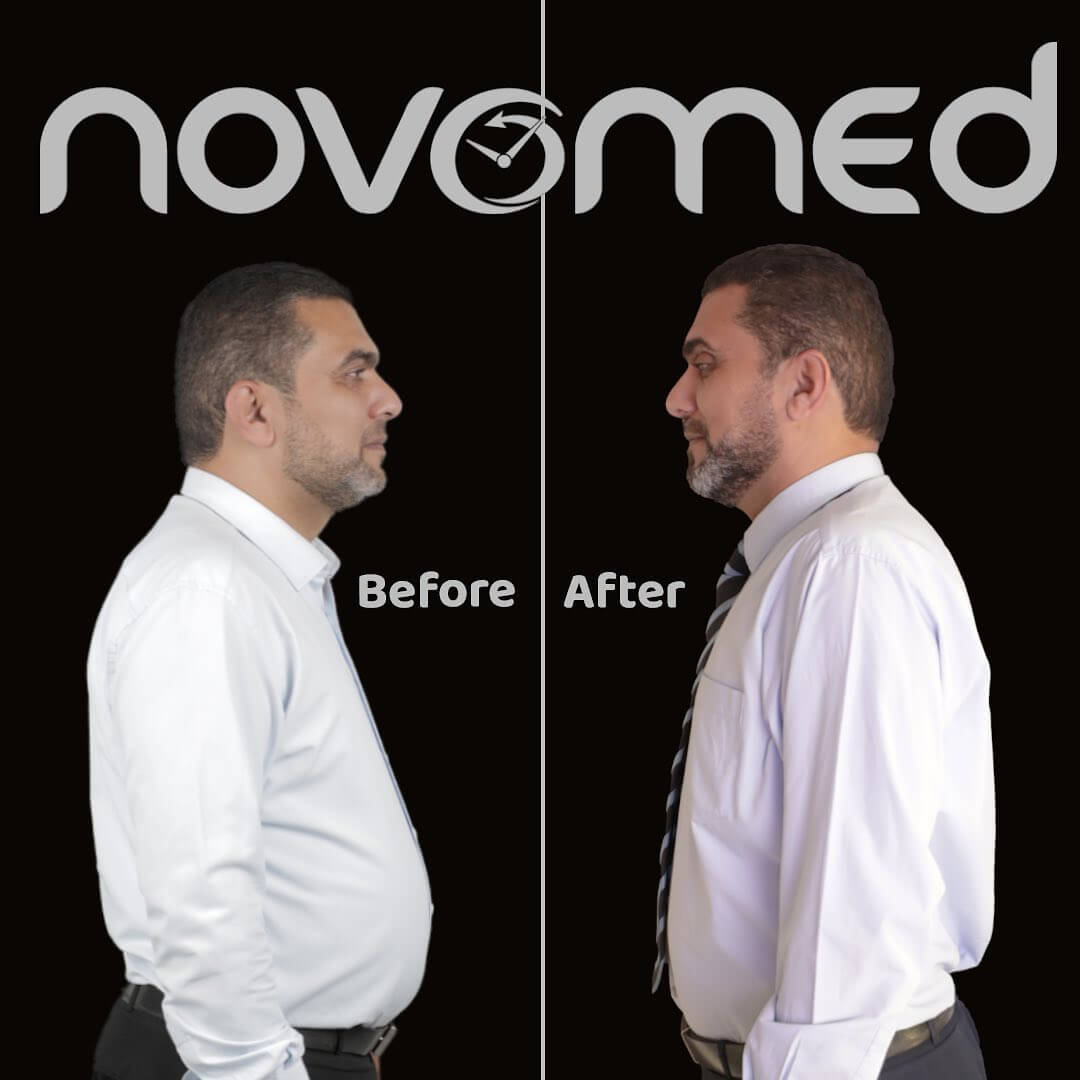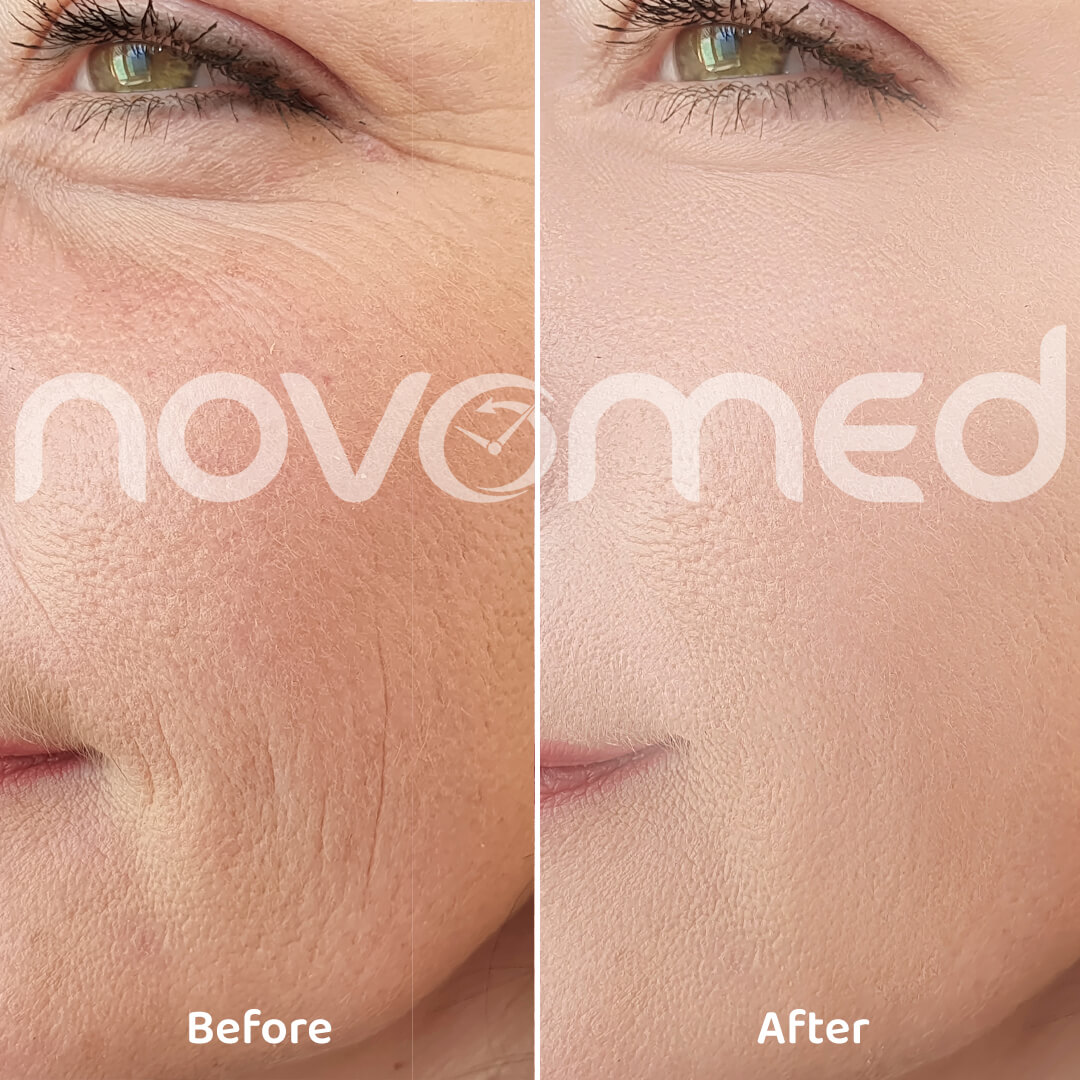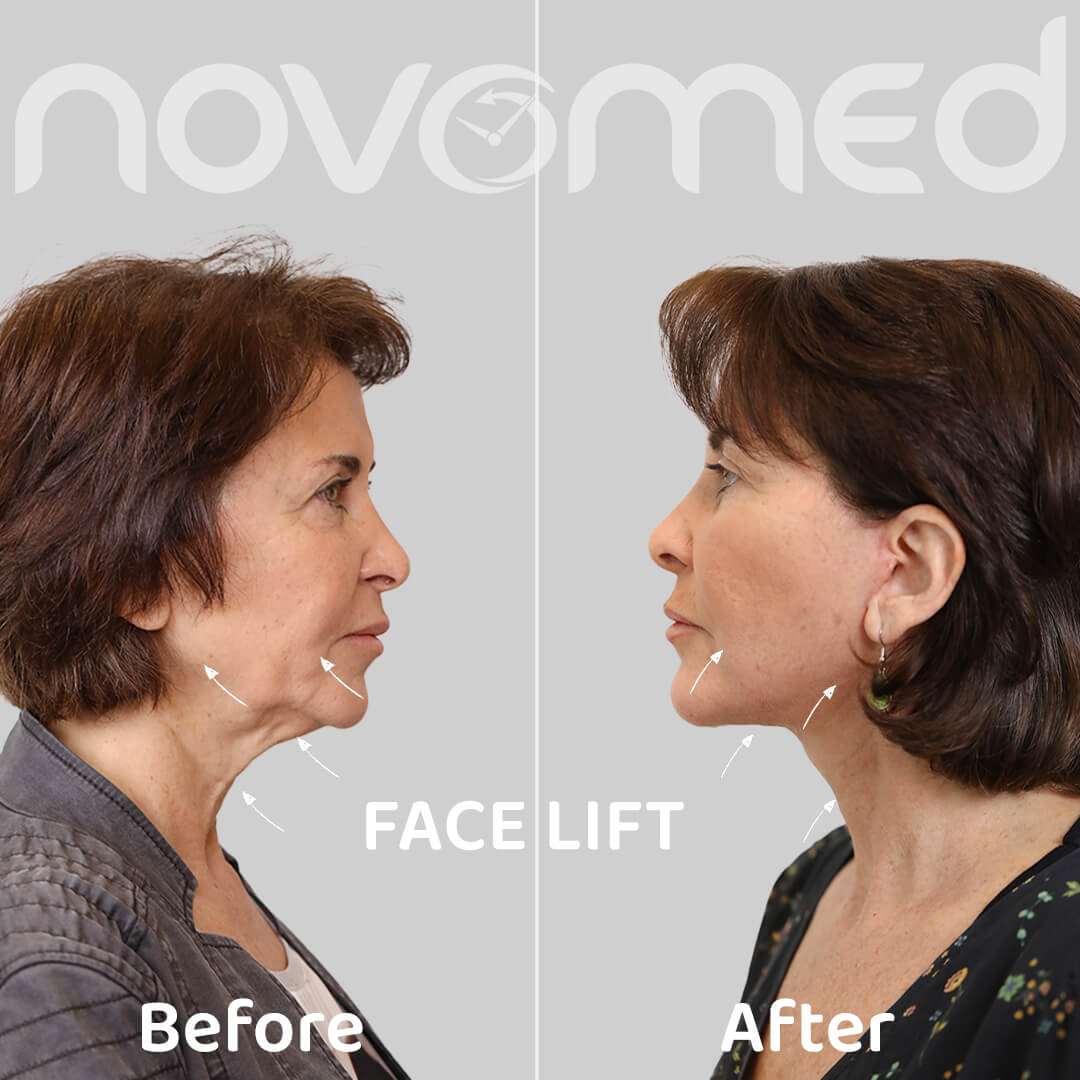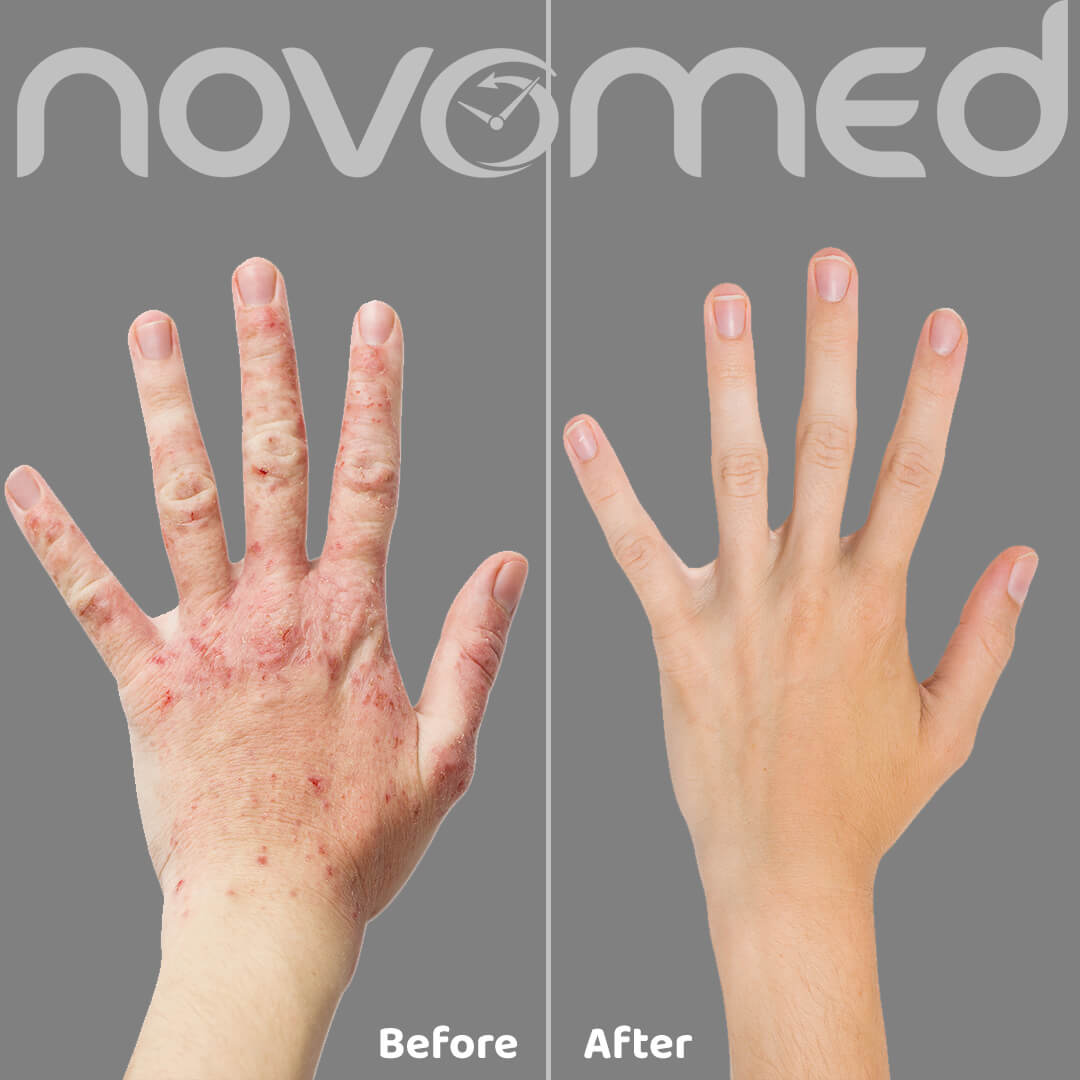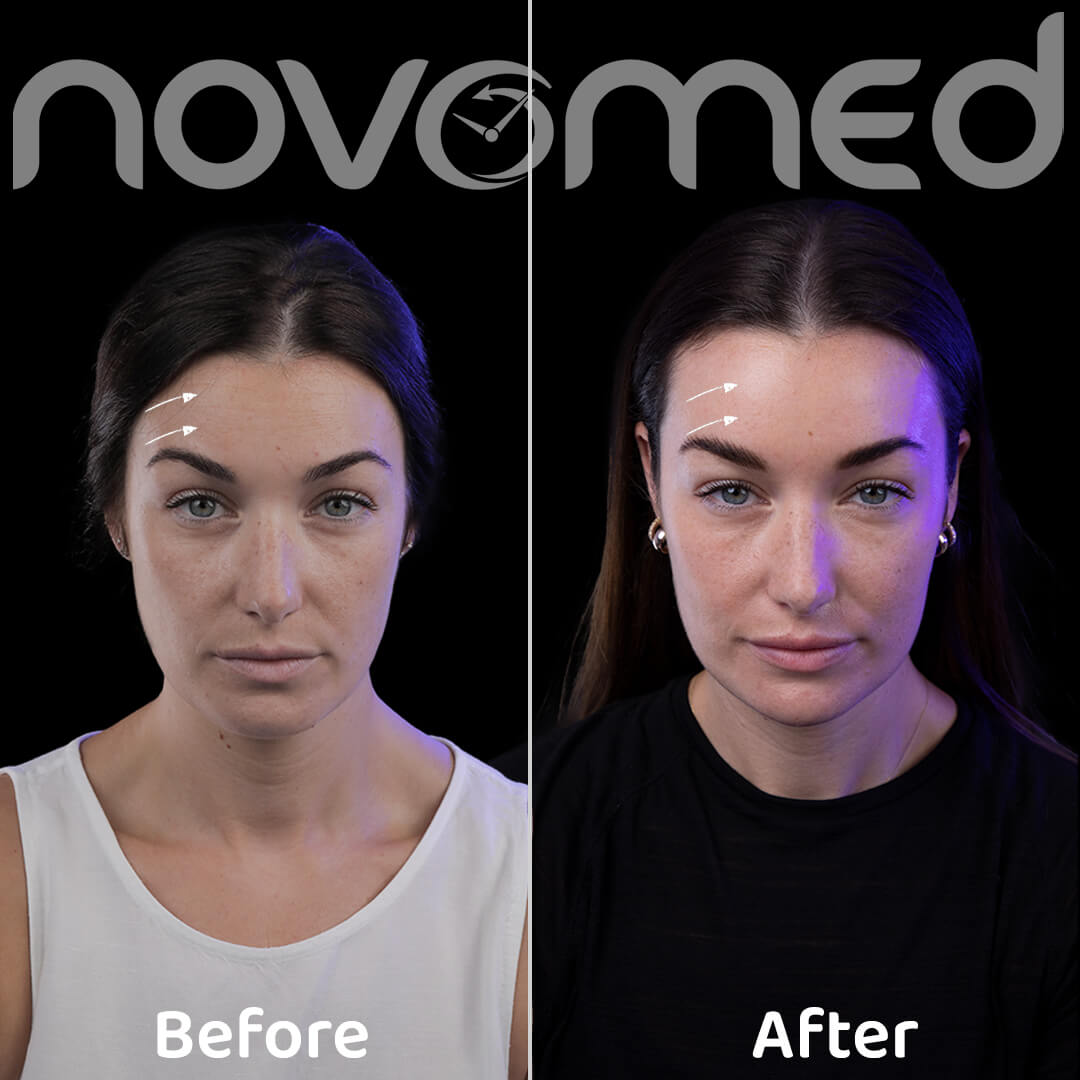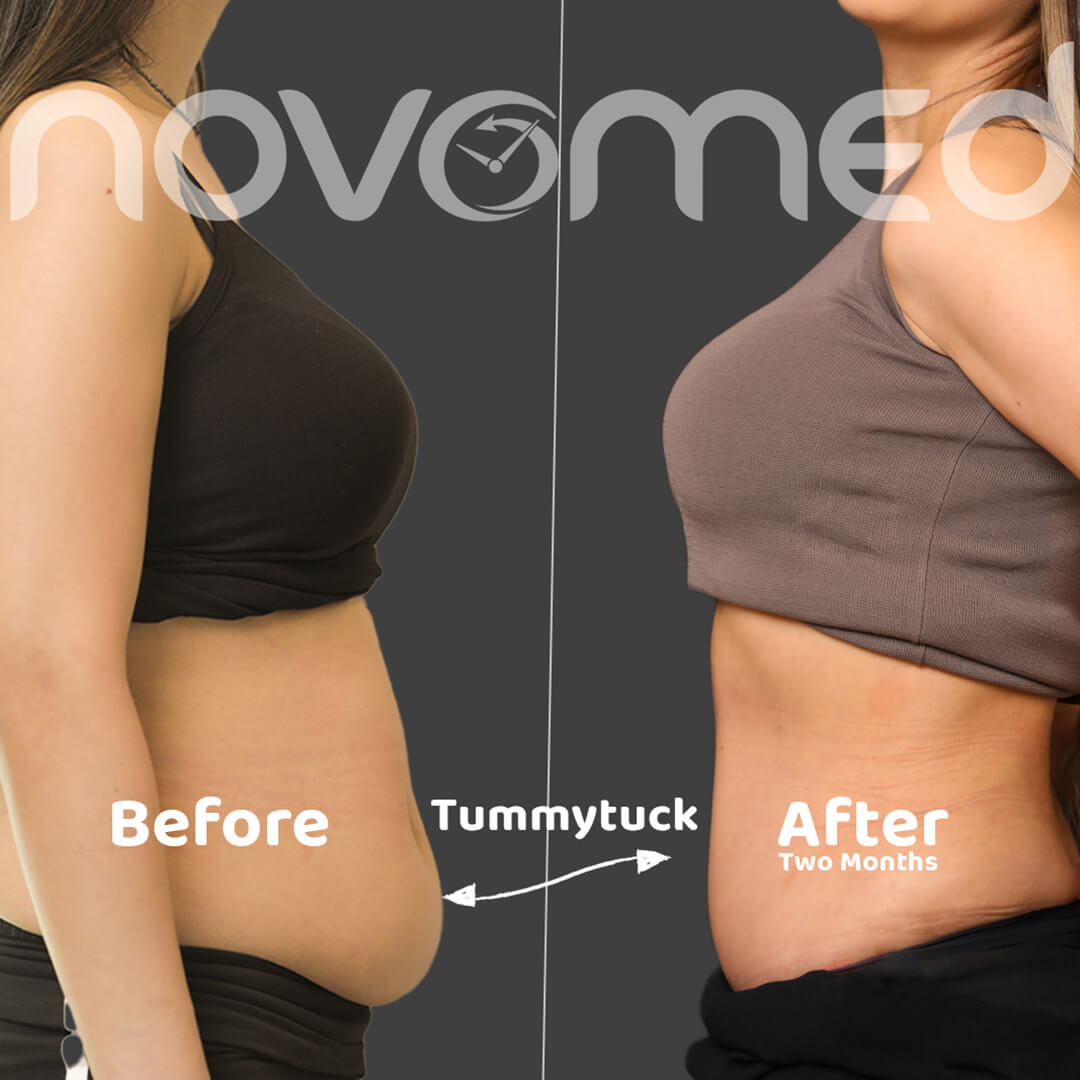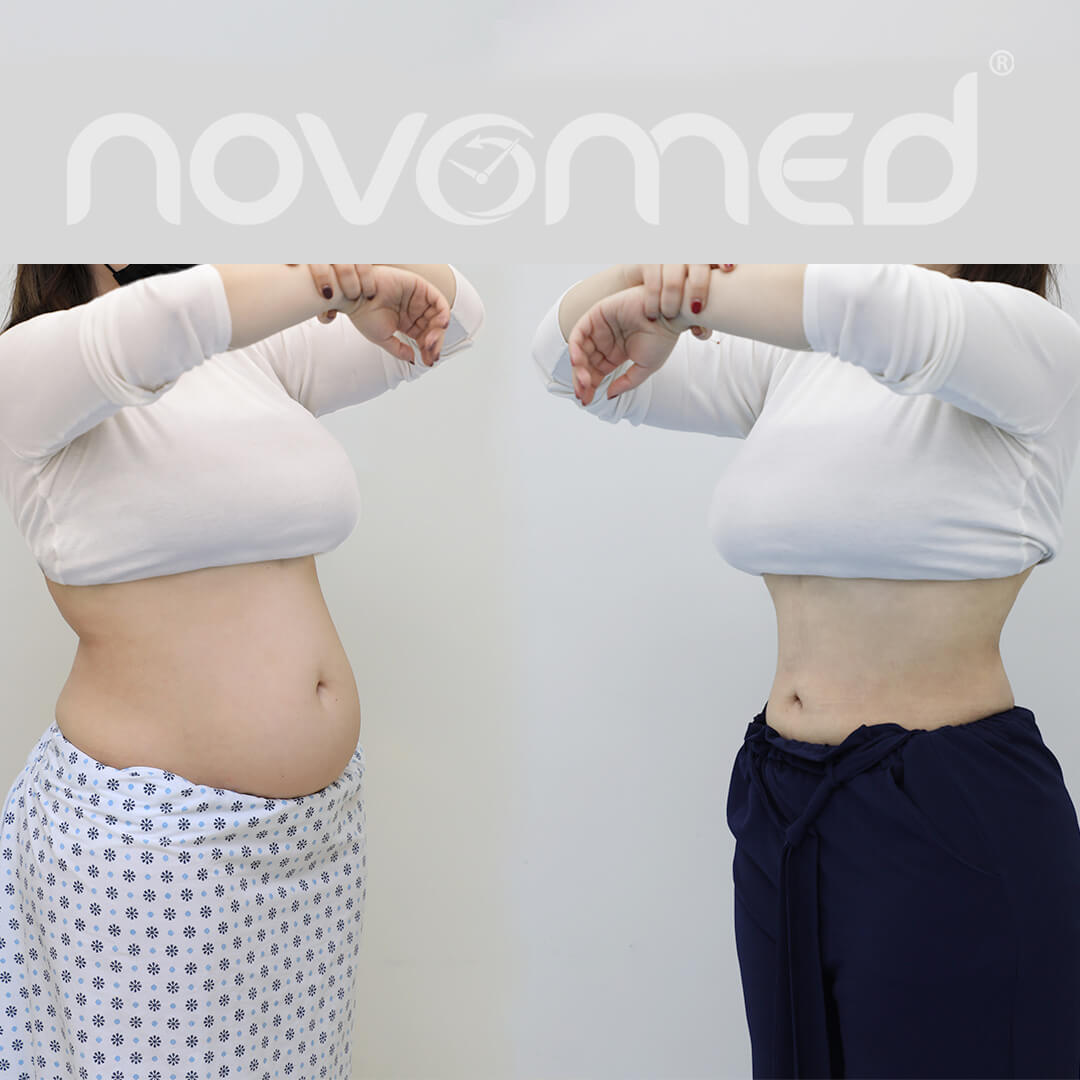Overview
The spine is a series of rectangular structural parts known as vertebrae. Usually, the spine appears straight when viewed from behind.
However, some spinal abnormalities can cause an abnormal curvature of the vertebrae, including scoliosis.
Scoliosis is a term that refers to a sideways curve in the spine that exceeds 10 degrees. This condition causes the straight backbone to curve in the shape of a “C” or an “S.” Although this spinal misalignment is most prevalent in children and teenagers during puberty, it can affect people of all ages.
Scoliosis can affect either the right or left side of the spine or both sides in different areas and can damage the thoracic (middle) and lumbar (lower) spines.
What are the types of scoliosis?
- Idiopathic scoliosis: It accounts for approximately 80% of all cases. The most prevalent subtype of idiopathic scoliosis is adolescent idiopathic scoliosis, which affects individuals between the age of 10 and 15 years.
- Congenital scoliosis: It is when a child is born with spinal abnormalities.
- Neuromuscular scoliosis: arises from neurological and muscular illnesses such as muscular dystrophy, cerebral palsy, or spina bifida.
- Degenerative scoliosis: This type affects the elderly and is caused by rheumatoid arthritis, osteoporosis, or degenerative disc changes in the lower spine. This type of curvature typically develops gradually over time due to the spine’s wear and tear.
What are the symptoms of scoliosis?
Several symptoms may suggest the potential risk of scoliosis. If you detect one or more of the following symptoms, make an appointment with an orthopedic specialist.
- Disproportional shoulders – One shoulder is more prominent than the other.
- A visible curve in the back
- One hip is higher than the other due to spine curvature.
- Uneven shoulders, hips, or waist.
Moreover, scoliosis can cause stiffness and lower back pain, numbness in the legs, and fatigue due to muscle strain.
How is this condition diagnosed?
During the consultation, our orthopedic specialist will review your medical history, perform a physical exam and run an X-ray test to measure the degree of spinal curvature.
The doctor may use advanced diagnostic techniques, such as an MRI or CT scan for an in-depth examination of non-idiopathic curvatures, unusual curve patterns, or congenital scoliosis.
What are the treatment options?
Several factors are considered to help establish the appropriate treatment approach, including the spinal curvature degree, curve location, and curve progression.
Based on your condition and symptoms, your doctor will recommend one of the following treatment approaches:
Observation
Many children with scoliosis have a mild spinal curve that does not require treatment. If the physician is concerned that the curve is increasing, they may choose to evaluate the patient every four to six months throughout adolescence. X-rays are usually advised once every five years unless symptoms worsen.
Wearing Braces
Braces are useful for children who didn’t reach spinal maturity. If the child is still maturing and has a curvature of 25 to 40 degrees, a brace may be prescribed to stop the curve from progressing. Studies indicate that braces, when appropriately used, can halt curve advancement in approximately 80% of children with scoliosis. For maximum efficiency, the brace should be examined frequently to ensure adequate fit and will need to be worn 16 to 23 hours per day until growth stops.
Surgery
Surgical intervention for scoliosis includes spinal fusion surgery, which can be performed on children, adolescents, or adults who didn’t respond well to nonsurgical treatments.
The two main objectives of surgery are to prevent the curve from developing into adulthood and to minimize spinal distortion. Most orthopedic surgeons would propose spinal fusion surgery only when the spinal curve exceeds 40 degrees with a potential risk of further progression. Depending on the patient’s case, scoliosis surgery can be performed by an anterior (through the front) or posterior (through the back) approach.
Schedule your appointment today at Novomed!
Book your consultation with one of our experienced orthopedic surgeons in Dubai or Al Ain to learn more about this condition and the appropriate treatment options by calling toll-free 8006686, filling out the booking form, or clicking the live chat icon at the bottom of the screen.








